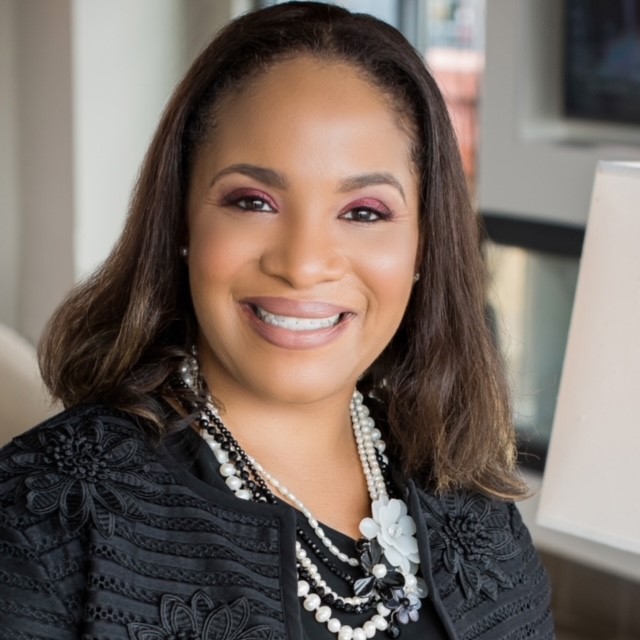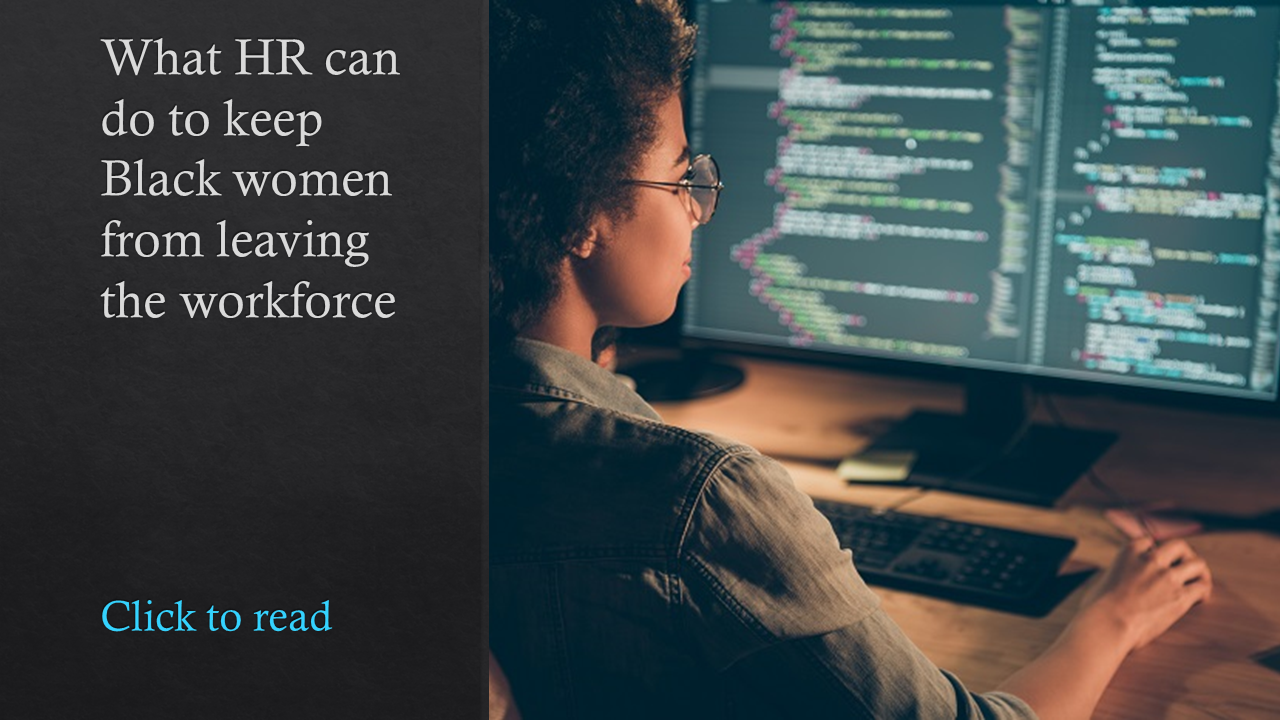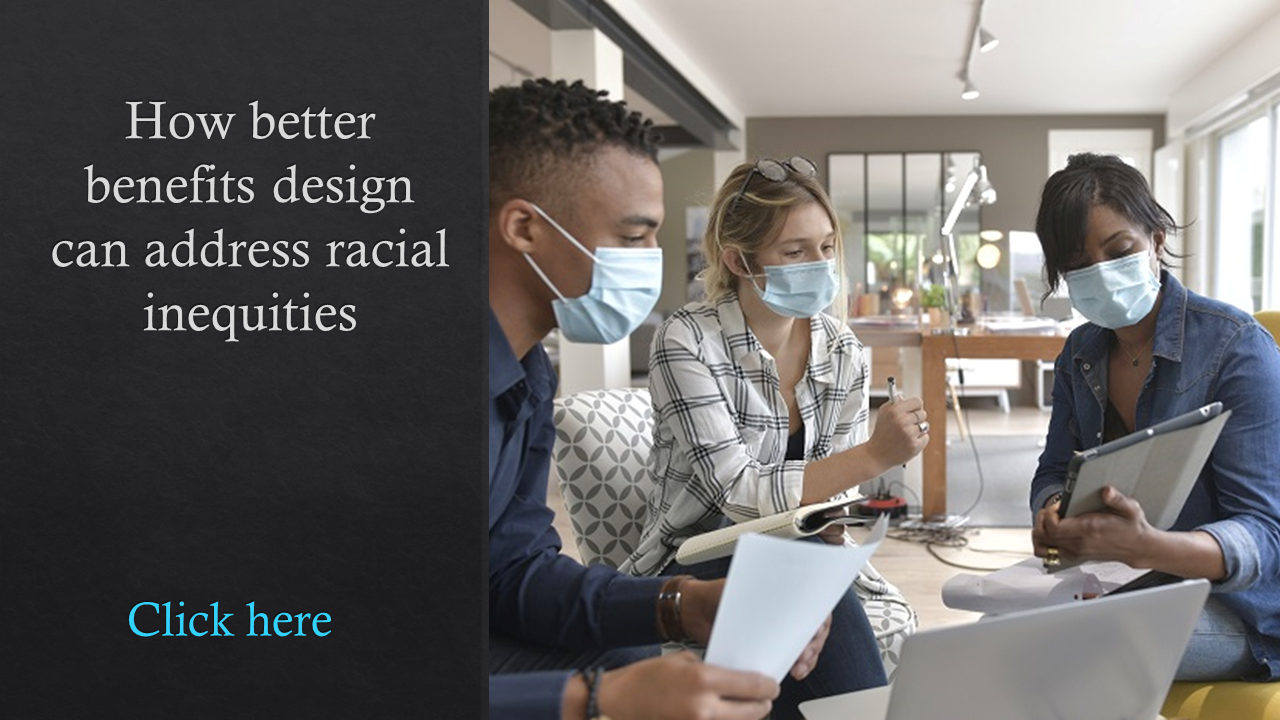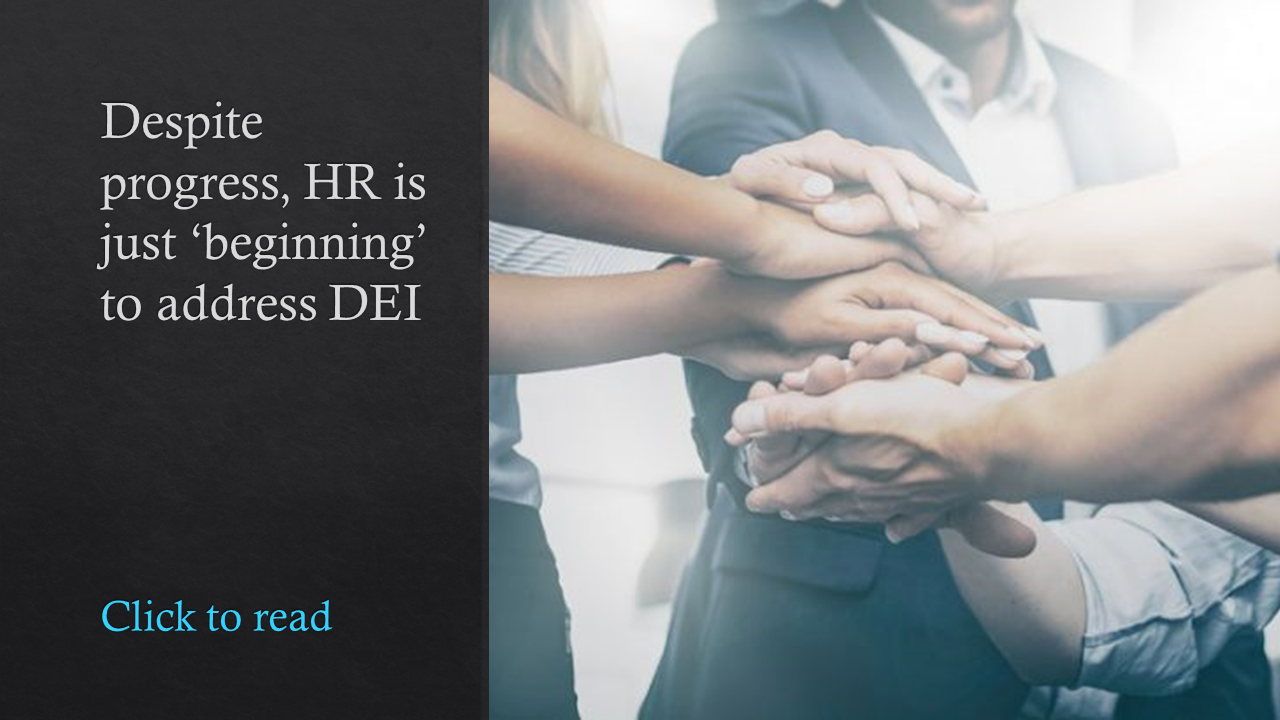Trayvon Martin, Botham Jean, McHale Rose, Jamee Johnson, Michael Dean, Elijah McClain–just a few of the young Black men who have died at the hands of U.S. police officers in recent years. Each of these cases was covered by the media, but none struck as much of a nerve as the murder of George Floyd, the unarmed 46-year-old Black man who died from a lack of oxygen caused by Minneapolis police officer Derek Chauvin pressing his knee into Floyd’s neck for nearly nine minutes on May 25, 2020. Throughout the summer, the nation was rocked by mostly peaceful protests. Nearly one year later, Chauvin’s long-awaited murder trial concluded in April with guilty verdicts on all three charges.
With so many Black men–and a few women–meeting their fate during police encounters, why was it that Floyd’s death galvanized the nation? According to Doug Harris, CEO of the Chicago-based Kaleidoscope Group, a consulting firm specializing in customized diversity and inclusion strategies, the circumstances surrounding Floyd’s murder created the ideal situation for people to see firsthand the unjust nature of his death.
“When these things happen, they’re often in alleys or places where someone has stopped someone in a car on the side of the road, but this happened in the middle of the day in public,” says Harris. “The overwhelming evidence, the video recording made it very hard to put a spin on it.”
Perhaps just as noteworthy as the public response was the response from corporate America. Typically, when tragedy strikes, organizations issue a standard, PR-drafted statement expressing heartbreak and condemnation. This time was different.
According to an HR Policy Association survey this spring of nearly 400 HR leaders representing 11 million employees, 85% said their organizations expanded inclusion activities and increased C-suite involvement in DE&I since Floyd’s murder. Seventy percent have started or expanded unconscious bias training, while more than half moved to disaggregate workforce data to provide a better picture of employee demographics. The survey also found DE&I was the top concern for HR leaders, ranking ahead of strategizing for a post-COVID culture.
In addition to the actions organizations took, the language they are using in the statements relating to Floyd’s murder and their ensuing responses has shifted.

“Organizations started using words like ‘structural racism’ and ‘racial injustice’ or ‘social injustice,’ words they were not using before,” says Kerrien Suarez, executive director of Equity in the Center in Washington, D.C. “That shift in language is notable, and it resulted in a significant amount of unrest within companies because they were using language that people on their board might not be comfortable with.”
Driving Sustainable Change
At Radnor, Pa.-based Lincoln Financial Group, the board of directors was not only comfortable with the language in the company’s public statements, it actually led the way, joining Chief Diversity Officer Allison Green Johnson and then-CHRO Lisa Buckingham to form the Chairman’s Diversity Committee during the summer of 2020. With the goal of driving sustainable change, the committee met weekly to address not only diversity, but racial justice as well.
The result was several sustainable, long-term actions to support racial justice and equity, Johnson said. Those include formally tying senior leadership compensation to the company’s diversity and inclusion objectives and implementing enhanced practices in recruiting, retention and employee development to increase Black employee populations at Lincoln, especially among officer level leadership, where the company has committed to increasing the minority population by 50% over the next three years.
To ensure diverse representation at all levels of the company, Lincoln hired two dedicated diversity recruiters–one focused on early career talent, the other on executive talent–to source diverse candidates through relationships with Historically Black Colleges and Universities and professional organizations for people of color. Lincoln also adopted several practices designed to remove unconscious bias from the hiring process. Voice-only candidate pre-screening has been employed to eliminate appearance-based hiring decisions, while the “balanced slate” approach mandates that every open officer position (assistant vice president and above) must include a woman and a person of color in the interview process.
While removing unconscious bias from hiring, promotion and professional development processes is important to battling racism in the workplace, it’s just one component of “building a race equity culture,” according to Suarez. All too often, she says, companies focus on diversity, rather than dismantling structural racism, the ultimate goal.
“Structural racism is not the same as diversity; it’s this centuries-old legacy of white supremacy that preferences white Americans over everyone else,” says Suarez. “Reckoning with that individually and institutionally is a completely different conversation and process than ‘we need to hire more people in this corporation who are not white.’ ”
“Structural racism is not the same as diversity; it’s this centuries-old legacy of white supremacy that preferences white Americans over everyone else.” Kerrien Suarez
According to Suarez, dismantling structural racism is a multi-year process that requires senior leader involvement and a five-step path of:
- establishing a shared vocabulary,
- identifying race equity champions at the board and senior leadership levels,
- naming race equity work as a strategic imperative,
- opening a continuous dialogue about race equity work and
- disaggregating data.
A Human Rights Issue
Just one week after Floyd’s murder, Antonis Papadourakis, president and CEO of the North American region for specialty chemicals and plastics company Lanxess Corp., openly condemned the ongoing racial inequity in American society, writing “these simple yet sacred ways of humanity are not equally granted to everyone.” Papadourakis urged his leadership team to come up with an action plan, which subsequently led to an open call for people from across the organization to serve on an employee task force to advise management on issues of racism and social inequities. Response was overwhelming. Jack VanHoorelbeke, head of HR Americas, was one of the first to volunteer.

“I like to think that Lanxess is a very welcoming place to work, but when something like [the murder of Floyd] happens, you step back and say, ‘What can we do better?’ ” says VanHoorelbeke. “We took a look and said, ‘This is a basic human rights issue and that’s how this company is going to look at it.’ ”
Papadourakis reinforced that message to the organization. However, VanHoorelbeke says the emotionally charged and contentious political environment led to calls from “a lot of people” who considered anti-racism actions to be a political move. Over time, such chatter dissipated, but VanHoorelbeke isn’t entirely convinced it’s gone. Rather, “we’re just not hearing it.”
Related: How the George Floyd trial is a chance for true corporate leadership
Johnson mentioned a few instances of similar pushback at Lincoln Financial after the company launched a series of dialogues around race. Crucial Conversations were held for the officer population, while Meaningful Conversations were essentially “open mic” sessions facilitated by Employee Relations based on a concept initiated by Lincoln’s African American Business Resource Group. While the vast majority of employees were supportive and eagerly participated in the discussions, a small number of employees didn’t agree with the need for such conversations. Consequently, Johnson says, she received comments such as, “I didn’t realize Lincoln was so liberal” and “Why are you bringing politics into the office?”
 “This is not a partisan issue,” says Johnson. “It’s not about left or right, liberal or conservative. It’s about humanity and what’s right or just. We’re a microcosm of our country and we remain firmly committed to diversity, equity and inclusion in our workplace and in our communities where we live and serve.”
“This is not a partisan issue,” says Johnson. “It’s not about left or right, liberal or conservative. It’s about humanity and what’s right or just. We’re a microcosm of our country and we remain firmly committed to diversity, equity and inclusion in our workplace and in our communities where we live and serve.”
Condemning Racism
At Minnetonka, Minn.-based Cargill Inc., where diversity and inclusion has been “woven into the fabric” since it established its first Office of Equal Opportunity in 1969, Floyd’s death “reinforced the sense of urgency and created the environment and momentum to make [the company’s commitment to drive] “meaningful, sustainable, systemic change a reality,” according to Chief Human Resources Officer Myriam Beatove.
The global food giant issued a formal statement two weeks after Floyd’s death that read, in part: “€¦ Our resolve is stronger than ever to defeat the racial violence, hatred and discrimination that have no place in our world.” The statement went on to “condemn anti-Black racism” and, like Lincoln, to focus on removing bias from hiring processes and talent selection. In the weeks that followed, Beatove says, Cargill shifted its strategy to include equity alongside diversity and inclusion.

“It’s good to talk about representation, which is diversity, and it’s good to talk about inclusion, which is making our current workforce feel valued and welcomed and heard, but at the end of the day, we had a huge population of underrepresented people that didn’t even have access to the opportunity of being recruited or being part of that inclusive environment,” says Beatove. “That’s a significant part of our shift in strategy. We need to address equity. We need to address fair treatment and access to opportunity to even access the representative group and make them part of our company.”
According to Beatove, the other major shift in Cargill’s strategy–the specific call-out of anti-Black racism–was the result of a realization that the company could not be truly serious about diversity and inclusion without addressing racism as one of the key root causes of the need for it. In line with that acknowledgment, Cargill engaged employees in “courageous conversations” that Beatove characterizes as “essential to learning what it feels like to be a person of color today.”
While she agrees it’s good that organizations are finally acknowledging “structural racism is a thing,” Suarez is concerned that workplace conversations often consist mostly of Black employees standing up and sharing their experiences of racism in society, rather than focusing on identifying ways to counteract racial inequities both internally and externally.
“Often, the nature of these conversations is to bring white colleagues up to speed on structural racism, but it’s not the responsibility of folks of color to explain structural racism and white privilege to their colleagues,” she explains. “Those conversations should not be mistaken for transformational change to dismantle institutional racism within corporations and structural racism in broader society.”
Not so at Cargill, says Beatove, where the company has not only expanded the involvement of its Ebony Council in supporting the participation of Black, African American and Pan-African employees to reach their full potential at Cargill, but has also joined together with 30 other companies in the OneTen coalition. The group aims to leverage its collective strength to drive meaningful, sustainable and systemic change to address one of the root causes of the racial divide in the U.S.: economic opportunity.
See also: How to use employee benefits to tackle–not perpetuate–racism
 “Engaging and leveraging the entire system of Cargill, looking at our processes with rigor to address potential bias, and improving and including innovation in how we address racial inequality will really have a huge impact for us,” says Beatove. “I’d like to believe we will win the fight for DEI with a combination of inspirational and transformational actions.”
“Engaging and leveraging the entire system of Cargill, looking at our processes with rigor to address potential bias, and improving and including innovation in how we address racial inequality will really have a huge impact for us,” says Beatove. “I’d like to believe we will win the fight for DEI with a combination of inspirational and transformational actions.”
As for Suarez, she acknowledges that Floyd’s death led to an increased awareness of systemic racism and a greater number of employers moving beyond static statements of condemnation. However, she remains cautiously optimistic that organizations are truly committed to living the values they’ve professed.
“There’s absolutely been a spike in awareness and a spike in action in terms of people signing up for trainings on structural racism or engaging with consultants to facilitate conversations on race and racism,” says Suarez. “We’ll just have to wait and see how many of these organizations will make the true, deep commitment to the years’ long work of dismantling white supremacy within their institutions.”





